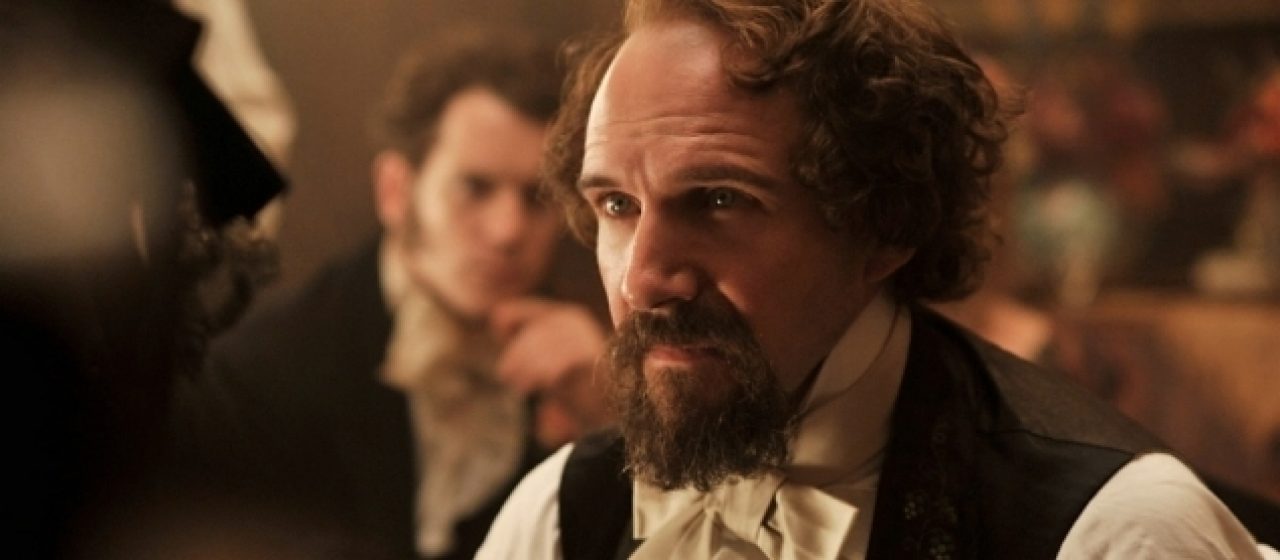A Quick Peek at the Industrial Revolution
In Portsmouth, England on February 7, 1812, Elizabeth and John Dickens welcomed their second child into the world. Christened Charles John Huffman Dickens, he would grow to become one of the world's most renowned and prolific novelists.
In Portsmouth, England on February 7, 1812, Elizabeth and John Dickens welcomed their second child into the world. Christened Charles John Huffman Dickens, he would grow to become one of the world's most renowned and prolific novelists. Creator of such favorites as David Copperfield, Bleak House, Great Expectations, and arguably his most popular work, the holiday classic A Christmas Carol, his work is still popular today. Dickens himself is the subject of the new art house film The Invisible Womanstarring and directed by Ralph Fiennes, whose likeness to the author is striking.
A Christmas Carol was published nearly 171 years ago, in 1843. Thinking back to Dickens and the London he so completely encapsulated in his many novels got me wondering about some of the technological advances he and his contemporaries called new and exciting.
The early 1800s were a time of great change and advancement. EuropeGreat Britain particularlywas at the center of a significant historical occurrence: the Industrial Revolution. Older, slower methods of farming and production were replaced by faster, mechanized processes.
Textile production was vastly changed and improved by mechanization. Cottage industries were replaced by factories. In the 1700s, thread and yarn were produced by a spinnera single person working on a single wheel. Several spinners would then send their spun threads to a weaver. With the invention of the spinning Jenny in 1764, spinners were able to use several spindles at once and increase their productivity. The spinning mule, which first appeared in 1779, improved upon the jenny by employing water power to allow for even more spindles to be used simultaneously. Check out this nifty video of a spinning mule in action:
The steam engine was another major advancement during the Industrial Revolution. While early factories relying on water power had to be close to a water source, steam-powered factories could be located anywhere and their productivity was not affected by adverse weather conditions. The adoption of steam engines radically changed textile manufacture, mining, and transportation; it was steam that would lead to the implementation of the locomotive and the railroad.
In 1830, the first railway connecting two cities opened, spanning the distance between the British cities of Liverpool and Manchester. Within the next 30 years, more than 7,000 miles of railways would be laid and put to use in Great Britain alone.
It was during this time that photography came to prominence, first as a novelty than eventually as a necessity. French innovator Louis Daguerre was the first to publicly present his photographic process in 1838.
To us today, these advances feel like instances of ancient history, and it's easy to take them for granted. If Dickens were to walk around in the London of today, he would probably be overwhelmed by how automated and streamlined our lives have become.

 Member Connect
Member Connect